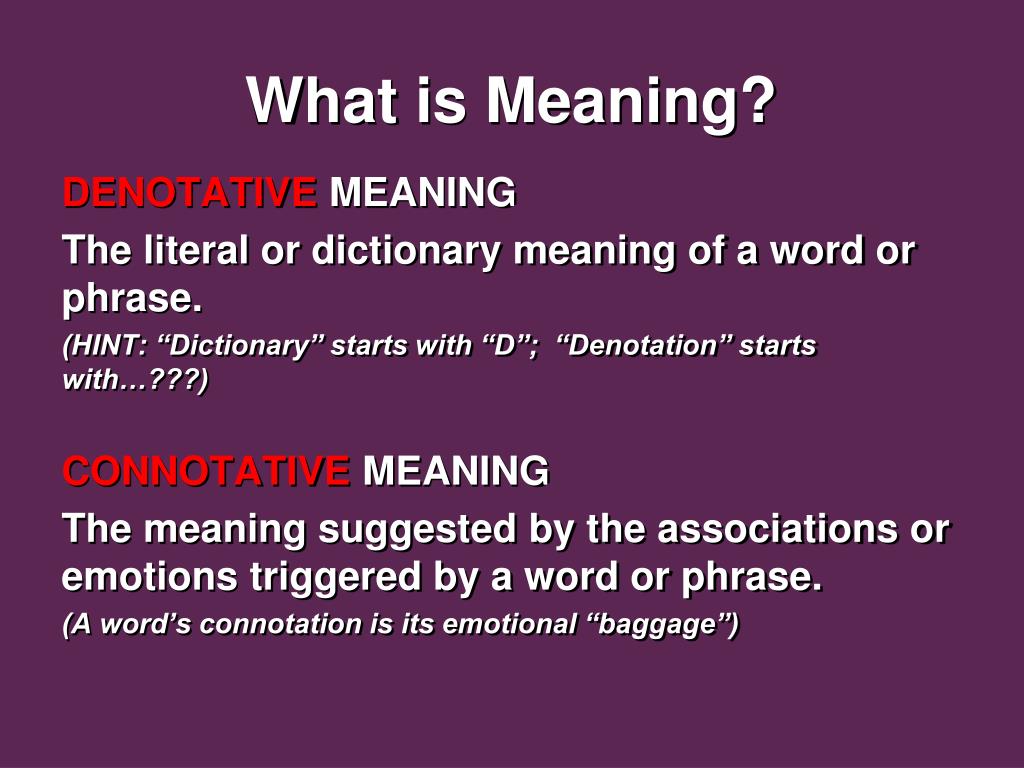
More Than Land: The Enduring, Complex Meaning of Native American Reservations
To the casual observer, a sign marking the boundary of a Native American reservation might seem straightforward: a designated territory, perhaps a relic of a bygone era. Yet, beneath this seemingly simple demarcation lies a profound and multifaceted history, a testament to both profound injustice and unparalleled resilience. Native American reservations are far more than geographical spaces; they are living testaments to forced displacement, cultural survival, inherent sovereignty, and ongoing struggles for self-determination. They represent a paradox: born from a desire to isolate and assimilate, they have become bastions of identity, language, and tradition.
The story of reservations begins in the bloody crucible of American expansion. As European settlers pushed relentlessly westward, the burgeoning United States government faced what it termed "the Indian problem." Earlier policies, like those espoused by Thomas Jefferson, had envisioned Native nations assimilating or moving voluntarily west. However, the insatiable demand for land, fueled by Manifest Destiny and the discovery of gold, quickly rendered such notions obsolete. Treaties, often signed under duress or subsequently violated, gave way to forced removals, most infamously the Cherokee’s "Trail of Tears" in the 1830s, where thousands perished during their forced march from their ancestral lands in the Southeast to Indian Territory (modern-day Oklahoma).
By the mid-19th century, the dominant policy shifted towards concentration. Reservations were established, often on marginal lands deemed undesirable by settlers, with the explicit aim of confining Native peoples, controlling their movements, and dismantling their traditional social structures. These were, in essence, open-air prisons designed to facilitate assimilation. As Richard Henry Pratt, founder of the Carlisle Indian Industrial School, famously declared, the goal was to "kill the Indian, save the man" – a brutal philosophy that underscored the entire reservation system. Children were forcibly removed from their families and sent to boarding schools, where their languages, religions, and cultural practices were systematically suppressed. The Dawes Allotment Act of 1887 further fractured communal landholdings, dividing reservations into individual parcels with the intention of turning Native Americans into yeoman farmers, while selling off "surplus" lands to non-Natives, resulting in the loss of nearly two-thirds of the remaining Native American land base.
This historical context is crucial to understanding the meaning of reservations today. They are places scarred by historical trauma, where the legacies of genocide, forced removal, and cultural suppression manifest in disproportionately high rates of poverty, unemployment, substance abuse, and health disparities. Many reservations lack basic infrastructure, with limited access to clean water, reliable electricity, internet, and quality healthcare or education. A 2021 study by the U.S. Commission on Civil Rights highlighted that Native Americans living on reservations experience some of the highest poverty rates in the country, often exceeding 25%, significantly higher than the national average. Life expectancy can be years, even decades, lower than for the general U.S. population, and conditions like Type 2 diabetes are epidemic.
Yet, to define reservations solely by their challenges is to miss their most profound meaning: they are bastions of survival and sovereignty. Despite the genocidal intent behind their creation, these lands became the last refuge for many tribes, places where cultural practices could be maintained, languages spoken, and spiritual traditions passed down, often in secret. "Our languages, our ceremonies, our dances – they are not just traditions; they are our identities, the very pulse of who we are," asserts a contemporary tribal elder. "The reservation, for all its struggles, is where we kept that pulse alive."

This concept of sovereignty is central to understanding reservations. While often misunderstood as complete independence, tribal sovereignty refers to the inherent right of Native American tribes to govern themselves, a right that predates the formation of the United States. It is not a power granted by the federal government but an inherent authority recognized and affirmed through treaties, Supreme Court decisions, and federal law. On reservations, tribes exercise governmental functions, establishing their own laws, court systems, police forces, and regulating aspects of their economies and social welfare.
This unique legal status gives reservations a distinct character. While federal law still applies, tribal governments have significant authority over matters ranging from land use and environmental protection to cultural preservation and economic development. This dual system, however, often leads to complex jurisdictional issues, particularly concerning criminal justice. The Supreme Court’s 1978 decision in Oliphant v. Suquamish Indian Tribe, for example, stripped tribes of the inherent criminal jurisdiction over non-Natives on their lands, creating what many tribal leaders call a "jurisdictional void" that undermines safety and justice within their communities.
In recent decades, tribes have leveraged their sovereign status to pursue economic development and strengthen self-determination. The Indian Gaming Regulatory Act of 1988 provided a framework for tribal casinos, which have become a significant source of revenue for many nations, allowing them to fund essential services, infrastructure projects, and educational initiatives. The National Indian Gaming Commission reported tribal gaming revenues of approximately $39 billion in 2022, demonstrating its transformative impact. However, gaming is not a panacea, and not all reservations have the population or location to support successful casinos. Many tribes are diversifying their economies, investing in renewable energy projects, tourism, agriculture, technology, and cultural enterprises.
Beyond economic ventures, reservations are vibrant centers of cultural revitalization. Language immersion programs are battling the legacy of boarding schools by teaching tribal languages to new generations. Traditional arts, ceremonies, and storytelling are experiencing a resurgence, reconnecting community members to their heritage. Powwows, once suppressed, are now celebrated gatherings that unite families and affirm cultural pride. "We are not just surviving; we are thriving in our own ways," states a young Navajo artist, "Our art, our music, our stories – they are all part of our resilience, a way to heal and to teach the world who we are."
The meaning of Native American reservations today is thus a tapestry woven with threads of trauma and triumph. They are a constant reminder of broken promises and the ongoing struggle for justice, but also powerful symbols of endurance, adaptation, and unwavering cultural identity. They are home to nearly a quarter of the country’s over 5.7 million Native Americans, covering approximately 56 million acres across 37 states – an area roughly the size of Idaho. These are not static historical relics but dynamic, evolving communities actively shaping their futures.
In essence, Native American reservations embody a continuing act of resistance. They represent the unwavering assertion of distinct national identities within the borders of a larger nation. They challenge the dominant narrative of American history by demanding recognition of Indigenous sovereignty and the fulfillment of treaty obligations. Understanding the meaning of reservations requires acknowledging their painful past, grappling with their contemporary challenges, and celebrating their remarkable resilience and the enduring spirit of the Native nations who call them home. It is an invitation to see beyond the boundaries on a map and recognize the profound human story etched into every acre.


